Your handy 1967–77 Alfa Romeo GTV buyer’s guide
Every country has a car that most represents its pinnacle of automotive production. It doesn’t have to be the fastest car, nor the most numerous in terms of manufacturing volume. The kind of vehicle in question here is one that has endured as a distillation of that country’s design, attitude, or engineering capability—that which makes it wholly unique. In Italy, you might argue that the Fiat 500 deserves this title, but this car, the Alfa Romeo GT Veloce (GTV), makes an exceptionally strong case. Yes, Ferraris, Lamborghinis and Maseratis exist, but nothing captures every single thing that’s perfect about Italian cars like this Alfa. The styling, the handling, the engine performance, the driving position, and the interior quality all represent Alfa’s lasting heritage in masterful fashion.
1967–1969 (Series 1 1750 GTV)
These Alfa Romeos were an evolution of the Giulia Sprint GT and GT Sprint Veloce that were in production since 1963, but the new designation was spurred mostly by the larger engine, and the chassis and body modifications. The 1750 GT Veloce (aka 1750 GTV) debuted alongside the 1750 Berlina sedan and 1750 Spider, representing a new line of vehicles for the Italian manufacturer. At the core of each was the a 1779-cc inline four-cylinder with an 80-mm bore and an 88.5-mm stroke. The increase in displacement represented an almost 10 percent increase in horsepower to 122, affirming the “V” in veloce.
The five-speed gearbox was the same as the Giulia Sprint Veloce, but the rear differential had a steeper 4.10:1 gear ratio. While the numbers might not seem impressive, the contemporary reviews suggested that the improvements offered much more flexible performance. Cars bound for the U.S. all received SPICA fuel injection in a peremptory effort to comply with ever more strict environmental requirements.
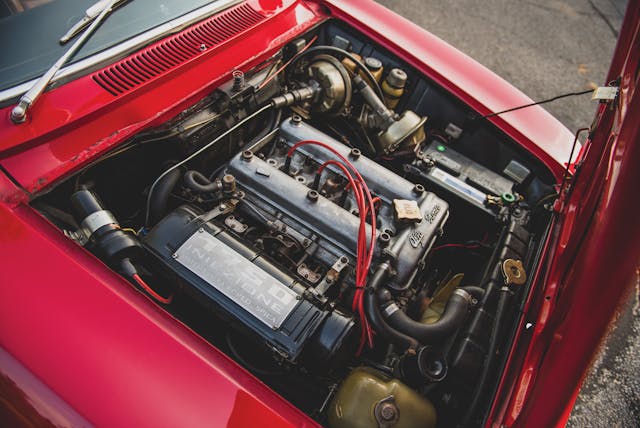
The 1750 GT Veloce had a 30-mm wheelbase advantage over its predecessor. Counterintuitively, wheel size was reduced, down to 5.5 x 14-inch from 5 x 15-inch, in order to access a wider selection of better tires at the time. Original equipment tires were either the Pirelli Cinturato or Michelin’s XAS. Suspension revisions included some geometric updates, plus the rear suspension got an anti-roll bar. Larger ATE disc brake rotors and calipers improved stopping performance. At the time, the brake pedal was described to be “tremendously responsive.”
While the 1750 GT Veloce is unmistakably derived from the Giulia GT Sprint Veloce, the styling changed a bit. The stepped hood from the earlier cars was eliminated, and all of the GTVs received 7-inch Carello headlamps outboard, with 5 ¾-inch fog lamps inboard.

Inside, the seats were “bucket shaped, perfectly air-vented and above all, molded to the body in such a way that one is always completely relaxed even at the end of a long journey at speed,” according to the sales brochure. The backrests are adjustable, and the wood-accented dash also improved from the earlier cars thanks to the center console, which housed the water temp, fuel gauge, heat controls and the five-speed gearshift. The tach and speedometer are huge and mounted directly in front of the driver, along with a smaller oil pressure gauge.
There were no major revisions to the 1968 or 1969 model years. In terms of worldwide production figures, in 1967, Alfa Romeo produced a slim 919 1750 GT Veloces. The next year, that number bumped to 10,418. In 1969, Alfa built 8705 of them.
1970–1972 (Series 2 1750 GT Veloce)
1970 introduced the informal “Series 2” 1750 GT Veloce. What’s important to realize is that officially, none were imported to the United States. There was no 1970 model year, instead our allotment of these cars came for the 1971 model year.
Most of the changes between the Series 1 and Series 2 cars were mechanical. The brakes were now a dual circuit design, mostly to comply with NHTSA’s FMVSS 105, which required that braking systems to have a backup in case the primary system failed. The brake and clutch pedals were also redesigned to hang from a pedal box, rather than protrude from the floor. (Note that right-hand-drive 1750 GTVs retained the pedals hinged through the floor because there was no room for a pedal box to clear the carburetors on European cars, and none of those were coming to the U.S. anyway.)
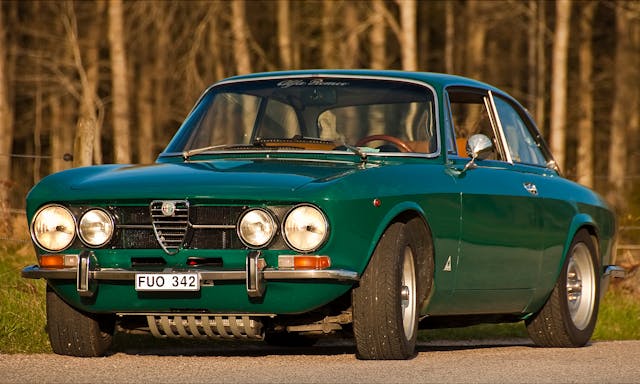
The dash also changed on the Series 2 cars. The later cars have much more pronounced hoods for the main gauges, with four instruments in the console. Unlike most cars of the period, the bumpers on the Series 2 cars were actually sleeker and slimmer, with overriders at the front and rear. North American market Alfas always had turn indicators mounted below the bumper, rather than on top of it. Unfortunately, gigantic marker lights stuck in the front and rear fenders for 1971–72 were also part of the deal.
For 1970, worldwide, Alfa Romeo built 11,542 1750 GTVs. In 1971, that number plummeted to 4639. In 1972, a small handful of 11 cars were built almost by accident.
1970–1974 2000 GT Veloce
The 2000 GT Veloce was introduced yet again with the 2000 Berlina and 2000 Spider, with all sporting a larger 1962-cc engine. The changed is thanks to an increased the bore (84 mm) and retaining the 1750’s 88.5-mm stroke. SPICA fuel injected engines (bound for the U.S.) turned out 130 hp at 5500 rpm.
Inside, the dash is significantly different, with a stylish, hooded cluster of Jaeger gauges in front of the driver, instead being housed in the console. Fuel and water temp were both separate instruments, with warning lights in similar pods underneath. The oil pressure gauge was tucked into the bottom of the tachometer.

Outside, the 2000 GTV received distinct changes from the 1750, including a grille with chromed horizontal bars and a more stylized “heart” outline around the grille badge. Rather than the larger chrome hub caps of the 1750, the 2000 GTV received simple chromed center caps and exposed lug nuts. 2000 GTV customers had the option of replacing the steel wheels with 5 1/2J x 14 alloy Turbina wheels, inspired by the wheels on the Montreal. When the 1750 GTV arrived in the United States in 1971, it had much larger taillamp clusters. The 2000 GTV got these from the get-go, with red turn indicators for U.S.-market cars, and amber for the rest of the world.
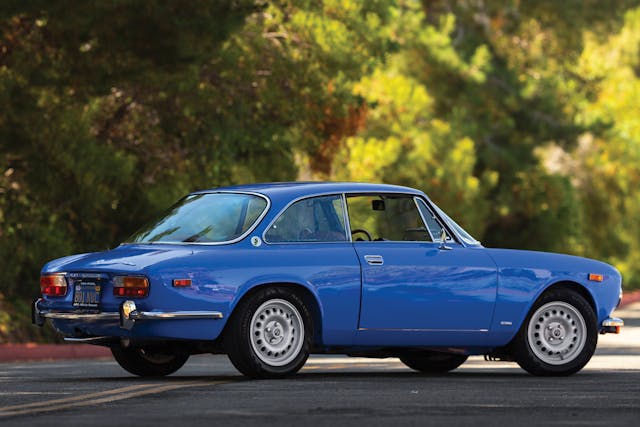
By 1975, the 2000 GTV couldn’t meet U.S. safety and emissions requirements, so the last model year sold here was 1974, although a handful of cars with 1974 stamped on the MSO were actually constructed in 1975. There are three such examples listed in this spreadsheet at the Vintage Alfa Romeo Registry. Worldwide, in 1971, Alfa Romeo produced 6700 2000 GTVs. In 1972, that rose to 10,210, a number Alfa would never see again. In 1973, production dropped to 6839. In 1974, just 1432 cars were produced. A small handful of 938 were built in 1975, and a remaining 14 were produced in 1976.
Before you buy
If you’re already an Alfa owner, do yourself a favor and join the Alfa Romeo Owner’s Club and its dozens of local chapters across the country. You’ll find them incredibly helpful.
Now let’s discuss rust. Wolf Steel in Frelighsburg, Quebec, Canada produces just about any replacement panel you could imagine, but in a story with Hemmings Sports & Exotic Car in 2013, the company’s own Robin Wilkinson issued the warning “These cars eat themselves from the inside out.” That said, Wolf Steel makes replacement panels for just about everything from the beltline down, and replacement panels are surprisingly affordable. Too bad that paying someone to weld them in place is not.
Spotted an Alfa that’s rusted where the trailing arms mount to the underbody? Just walk away. Lower valences and radiator supports are prone to rust, as are the bottoms of the doors, the bottoms of the A-pillars and and the spare tire well in the trunk. All of the normal cautions are relevant to these cars: pull the carpets up and look around the drain plugs, inspect the rockers, check the corners of the front windshield.
And about that windshield: There are two. One is held in with a gasket. The other is held in place with urethane, with a set of moldings that cover the edges. The gasketed windshield is relatively available, though you’re going to hunt for it. The glued-in windshield is much more difficult to find.
Italian cars from this era have a bad reputation for electrical issues, but it’s almost always down to two things: Bad grounds and ham-fisted repairs. A bunch of wires hanging under the dash is a good sign that you’ll probably have to spend some time sorting the wiring before the smoke escapes.
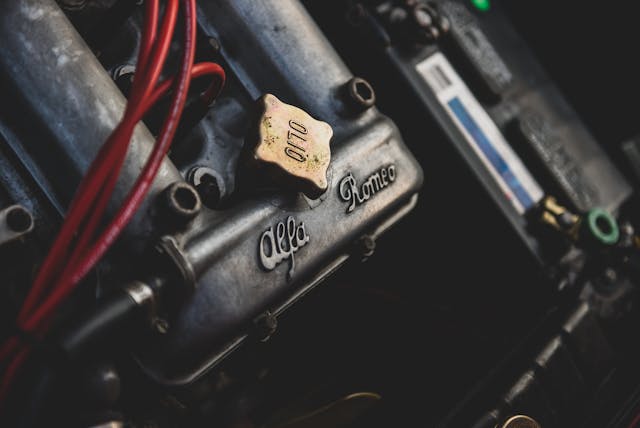
Check the engine numbers: 00548 signifies a 1750 GTV engine, while 00512 is a 2000. Five decades on, these engines were swapped back and forth all over the place, so it’s good to know what you’re looking at. The good news regarding the engines is that if you live anywhere with a moderate population, there’s a decent chance an Alfa specialist can be found within an hour’s drive. Parts are available, and in general, these are strong power plants.
It appears that approximately 100 percent of these cars will crunch on a 1-2 upshift, especially when the gear oil is cold. Unless you’re planning to do more work—a full rebuild, a clutch, etc.—the general advice is to shift more deliberately. If the gearbox pops out of reverse or any gear, you’re in for more work. Giubos, or flex discs—from the Italian portmanteau “giunto Boschi” or “Boschi joint”—on the driveshaft had pluses (anti-vibration) and minuses (cracks), so check the condition of the rubber. They’re available and the internet is awash with instructions on how they’re replaced. (Often misspelled as “guibo.”)
The suspension is fairly conventional and straightforward, and will always improve with an application of new/better parts. The four-wheel disc brakes have a vacuum booster with a rubber diaphragm that can deteriorate and allow brake fluid into the intake manifold, which will make you think your engine is in need of a rebuild.
Valuation
According to our colleagues on the Hagerty Valuation Team, 2000 GTVs are actually worth a bit less than the 1750 cars. (Please check here for the latest data available.) The value on these cars was pretty flat for quite some time, and then ignited in 2016. The difference in price between a 2000 GTV in 2016 and 2021 is 118 percent. The 1750 GTV jumped 159 percent in the same time period. And these were not cheap cars to begin with.
Even cars purchased two years ago have made serious money. One example sold on Bring A Trailer for $57,750 in 2019, and sold in February for $81,375.

The median quoted agreed value for these cars is currently $34,000. That represents an increase of 34 percent over the last five years. The number of quotes on these cars has increased by three percent. Pre-boomers quoted 8 percent of GTVs while making up an almost identical seven percent of the market. Boomers and Gen-Xers are the heart of the market. Boomers quoted 45 percent of GTVs while making up 38 percent of the market. Gen-Xers quote 32 percent of GTVs with an equal share of the market. Millennials quote 10 percent of GTVs while making up 19 percent of the overall collector market. Gen-Zers quote five percent of GTVs while making up 6 percent of the market.
The conventional wisdom here is that if you want one of these Alfas, you should’ve bought one ten years ago. However, prices have gone up exponentially in the last decade, and there was a time where people said that same thing about early Broncos, early 911s, and early BMW M3s. They kept climbing anyway. These timeless Alfa sports cars are well-established among Italian car fans, so if you’re expecting the price to go down, you’re going to be disappointed. If you swing it, don’t wait unless it’s to settle on the best example you can afford.
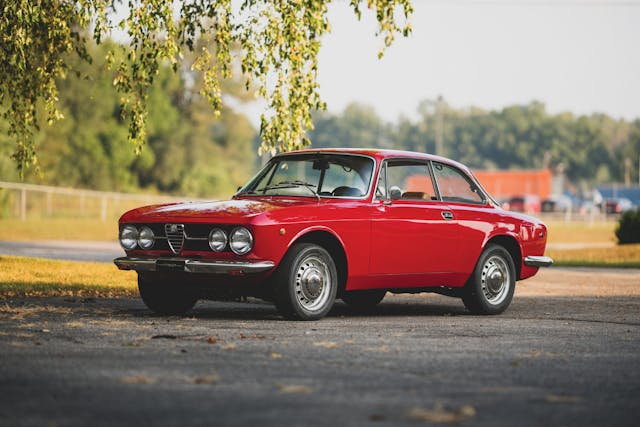
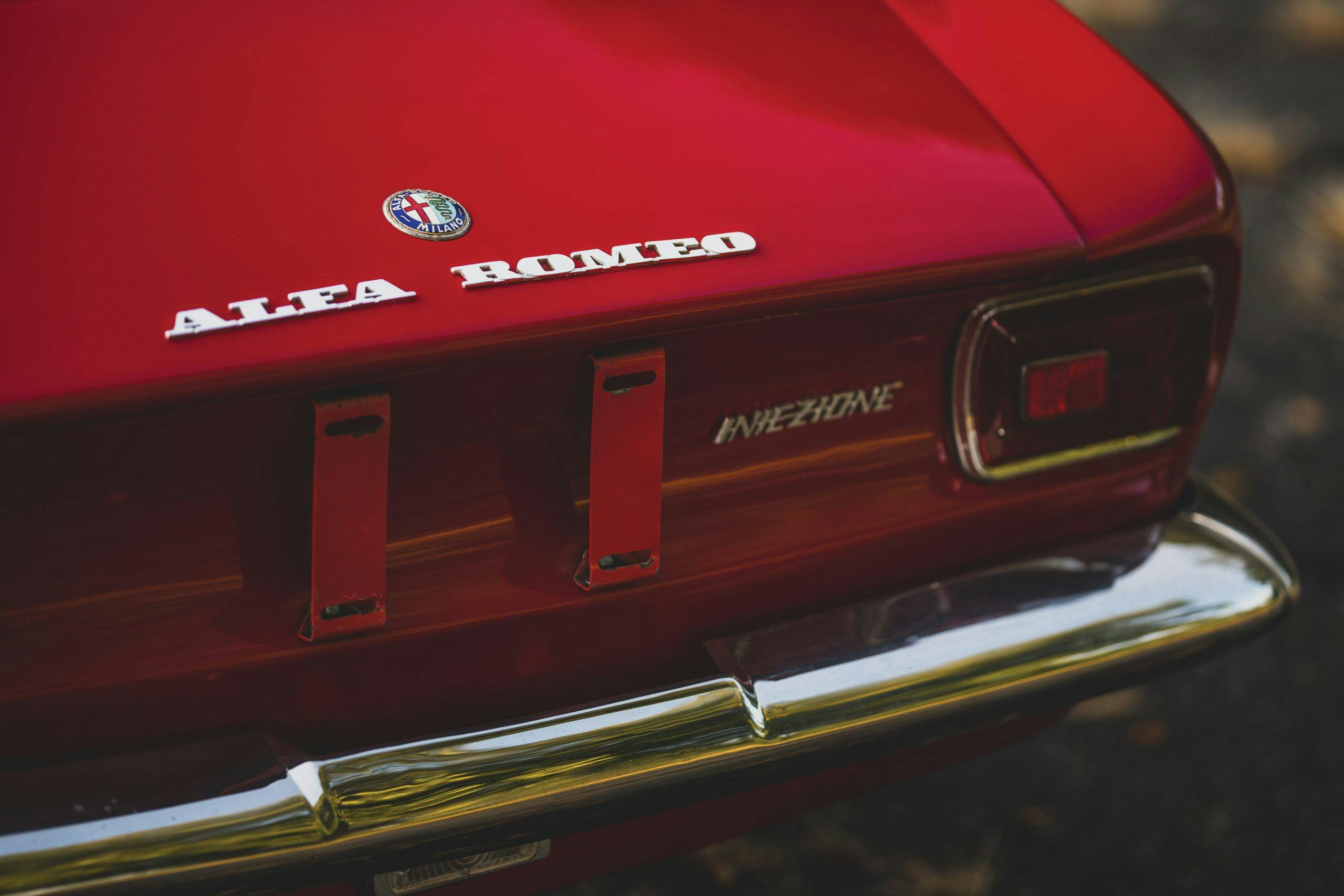
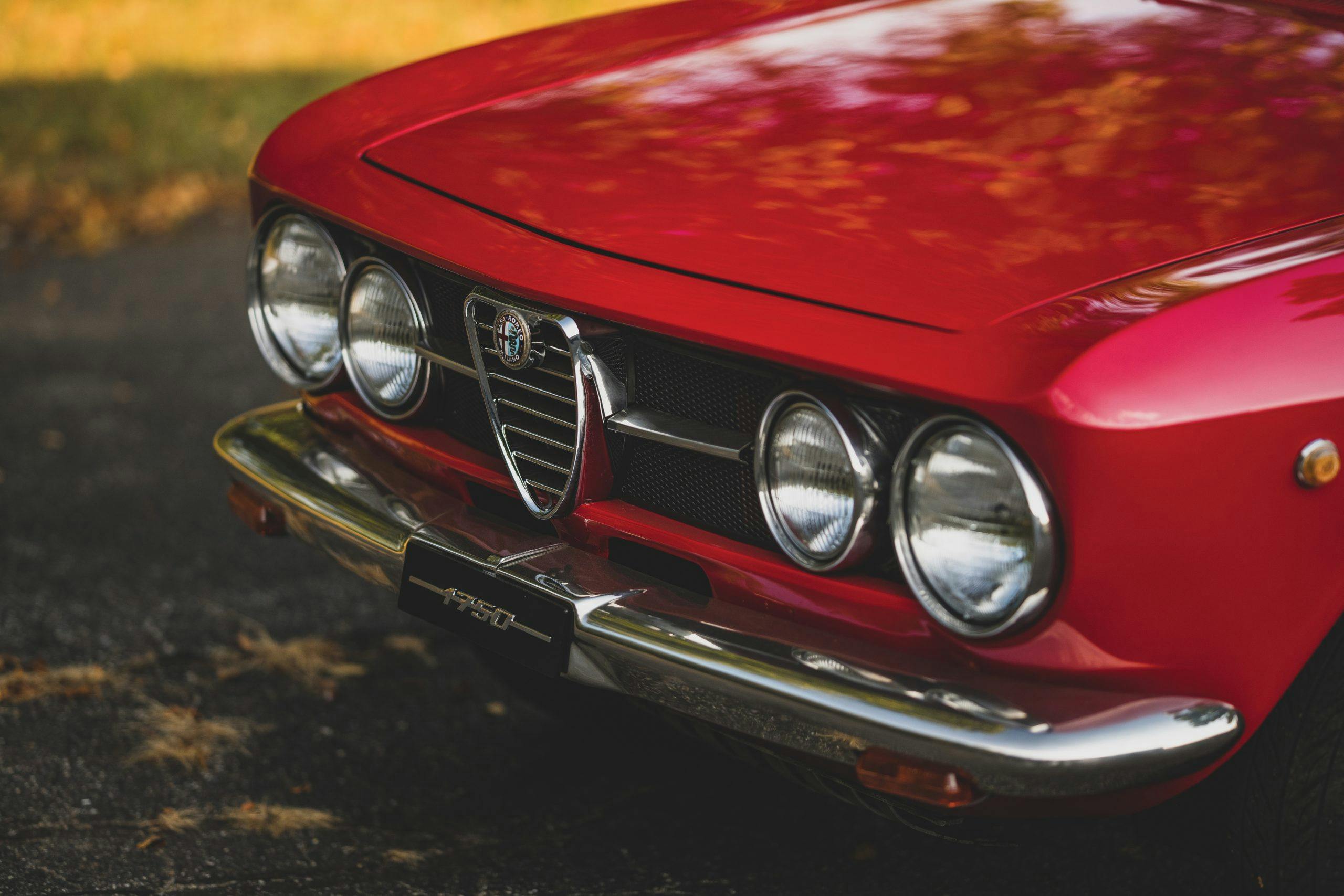

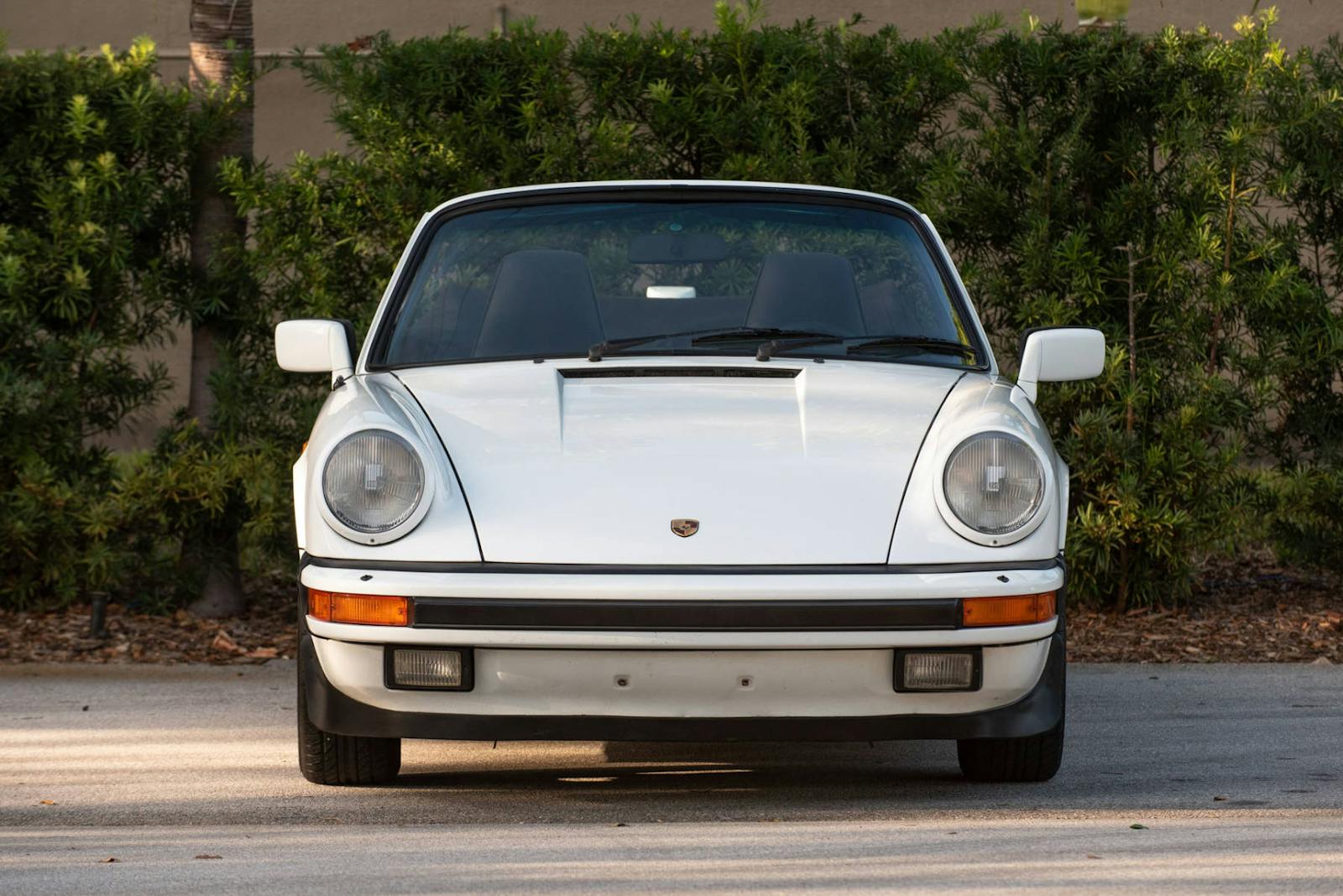

Many errors in the GTV article, you should have had a GTV expert proof read it.